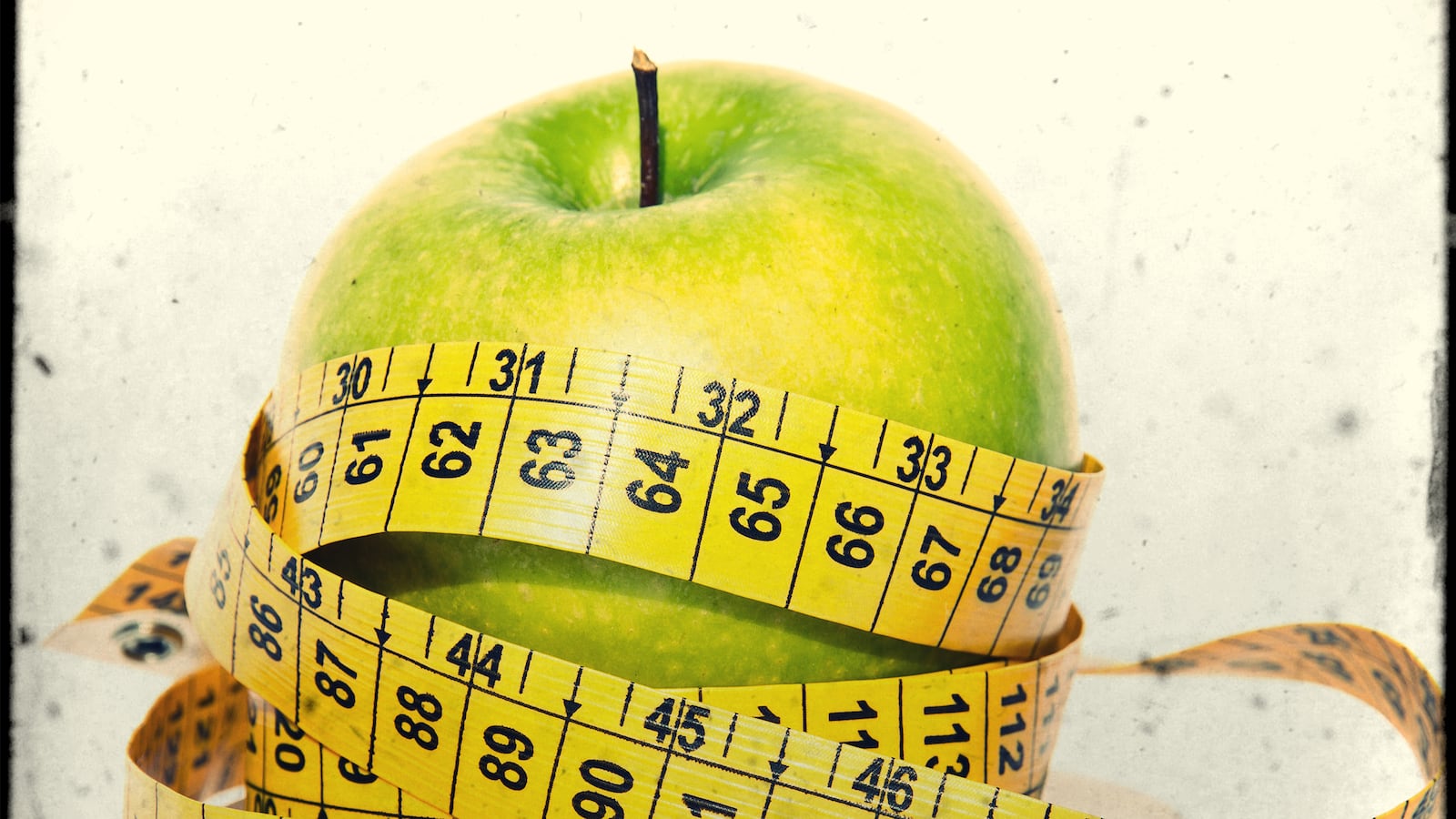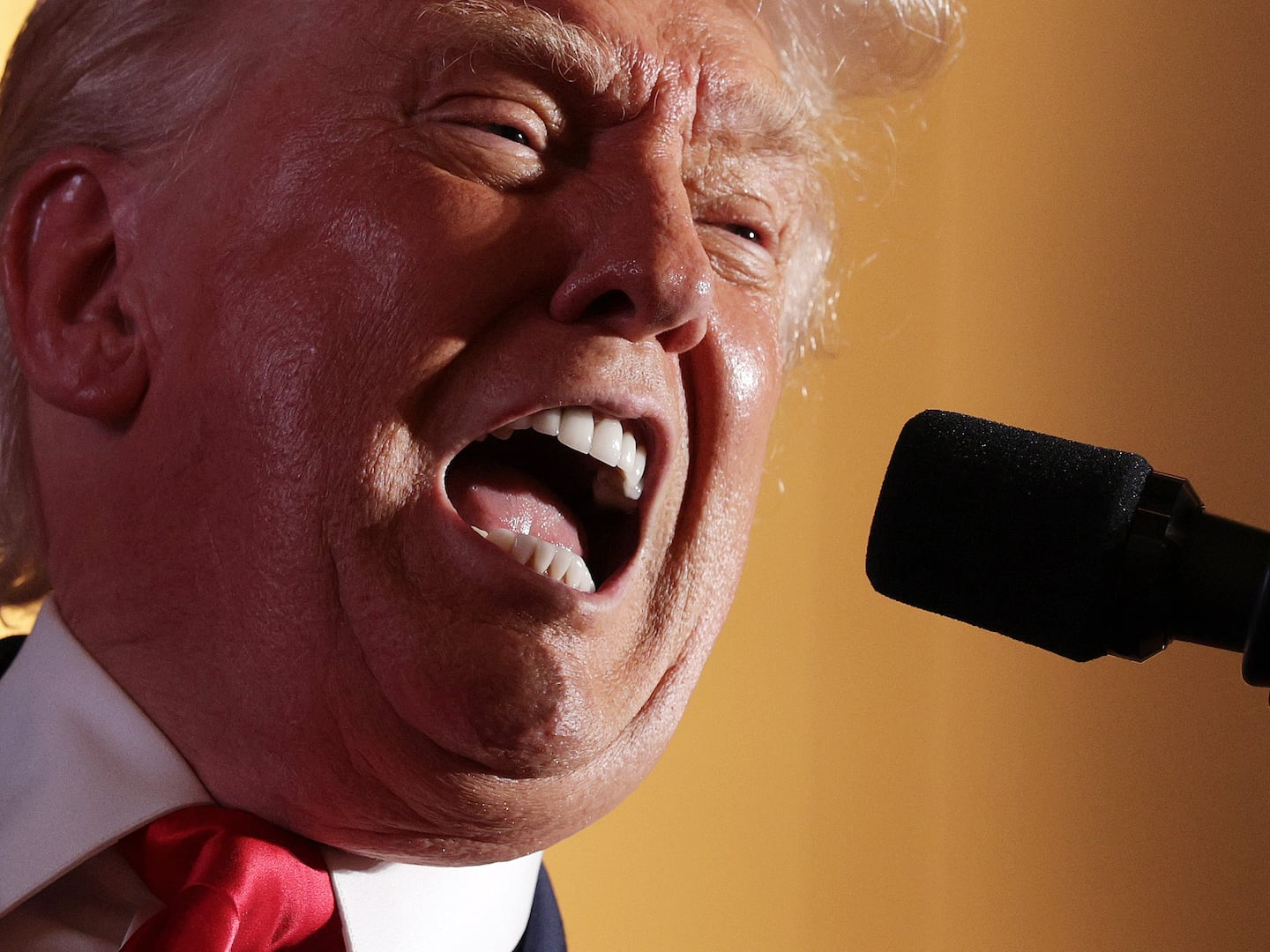Like many American women, Adrienne Rose Johnson owns an impressive collection of diet books. But Johnson isn’t interested in altering her physique or eating habits. Instead, she uses these books as a lens to understand popular culture. Diet books both reflect and shape our culture’s views on health and wellness, purportedly giving us the tools we need to live longer, better, healthier lives.
Johnson’s findings don’t stop there. Her Ph.D. dissertation in Stanford’s Modern Thought and Literature Program found that many diet books also serve as de facto political manifestos.
“The same type of thinking that forms the foundation of many diet books is the same thinking that fuels slogans like ‘Make America Great Again.’ Once we were great, now we’ve fallen, and it’s up to us to regain that greatness,” Johnson said.
Diet books aren’t solely a modern American phenomenon. Food historian Ken Albala, director of the Food Studies program at Pacific University, has studied diet manuals dating back to the 1400s. Instead of emphasizing weight loss and slenderness, these books advised individuals on what to eat to be stronger, have more energy, and live longer. Many also had distinctly religious overtones. Eating in a certain way was meant to bring a person closer to God. That ideology still exists in current secular diet books, as adopting a diet or certain way of eating is often akin to a religious conversion.
“A diet promises some form of transformation. You don’t go on a diet to stay the way you are, you go on a diet because you want to lose weight or you want to find love or you want to avoid disease,” Albala said.
People also cleanse their lives of their old ways of eating by tossing non-approved foods from their pantries, and not just publicizing their switch but proselytizing to friends, family, and even complete strangers about the wonders of their new diet. Concerns about fire and brimstone become concerns about longevity and health. And just as many religions have lists of banned foods, so do many diets. The process also provides individuals with a built-in social network of like-minded people, Johnson says, who have similar thoughts on food and eating.
Earlier diets also had different ideas of what precisely health was. In the late 1800s and early 1900s, taking care of your health meant taking care of your bowels. Anne Murcott, an honorary research associate at the SOAS Food Studies Centre in London, recalls trips to the pharmacy when she went to the seaside with her grandmother as a young girl. Her task was to purchase rhubarb pills, a popular mild laxative that her grandmother urged everyone to take.
“And we giggled as we asked for them, and there was no way we would actually take them, but to my grandmother, you couldn’t have a healthy holiday without these pills,” Murcott said.
Adopting diets might not be new, but Johnson traces the start of the so-called modern American diet book to the 1918 treatise Diet and Health: With Key to the Calories by American physician Lulu Hunt Peters, which brought the idea of calorie counting to the masses. The idea was so new that she included a pronunciation guide for the word. In her book, she told would-be dieters that "hereafter you are going to eat calories of food. Instead of saying one slice of bread, or a piece of pie, you will say 100 calories of bread, 350 calories of pie." She also included lists of calorie counts in foods and ideal weight tables for people to determine how much they “should” weigh and how much they needed to lose.
The same year that Peters published her book, America formally entered World War I and began a system of food rationing to ensure that the military got adequate nutrition. Dieting, Peters said, was a patriotic duty. “…for every pang of hunger we feel we can have a double joy,” Peters wrote, “that of knowing we are saving worse pangs in some little children, and that of knowing that for every pang we feel we lose a pound.” Dieting, in short, was a woman’s patriotic duty. Parts of her book may seem antiquated—the idea that someone wouldn’t know what a calorie is or how to pronounce it seems almost ludicrous—but the idea that altering how you eat both to improve how people think of you and to solve other social problems remains strong.
The original book on Paleo dieting, Johnson points out, was published in 1975 by Walter Voegtlin. His self-published book The Stone Age Diet was actually a not-so-thinly veiled eugenics tract that contains what Johnson considers to be one of the most bizarre and psychologically unpalatable dietary prescriptions.
“He encouraged people to eat large carnivores like tigers and dolphins so that they wouldn’t steal our protein,” Johnson said.
Later literature on human Paleolithic diets, both scientific and popular, may not have encouraged dining on dolphins, but they continue to declare that modernity is the downfall of humanity. Our caveman ancestors were hale and hearty, didn’t suffer from diseases like cancer and heart disease, and were generally happy and healthy. To return to that state, humans need to stop eating grains and instead rely on a diet of lean meat and vegetables.
That ancient humans didn’t eat grains, Albala says, is ludicrous. “We’ve found evidence that humans were grinding and eating grains at least 40,000 years ago,” he said.
Human bodies have also adapted to things like agriculture. When humans began farming, extra copies of an amylase gene that helped them break down starch provided an advantage and swept through the gene pool. Groups of humans who herded cattle and drank milk were much more likely to retain the ability to digest lactose into adulthood. But what draws people to the Paleo diet, Johnson said, isn’t the facts, but the idea of a type of utopia that will cure a wide variety of modern problems.
These diets help to unite America around a common narrative, and concern over obesity is an easy way to cross ages and party lines. Obesity has shifted from solely a health problem to the poster child for how modernity is killing our culture. “Talk of the “obesity epidemic” just skyrockets in the 90s. Rather than considering overweight a personal failure, it becomes more of a jeremiad. It’s a collective fault. We are falling short of the promise of this great country, we’re weak and effeminate. It has more of a moral urgency,” Johnson said.
These diet books tap into the vein of a belief in perfectability that is distinctly American. You can always be healthier or earn more money. There’s always something to improve upon. Diets are inherently aspirational. For her research, Johnson bought more than 400 diet books from the daughter of a woman who had recently died. For more than 40 years, she followed diet after diet in a (mostly futile) attempt to lose weight. What struck Johnson was that she found photographs and notes in the pages, as well as receipts documenting what the woman bought for each new diet.
“There’s nothing more optimistic than the first chapter of a diet book,” she said.
While some diet books take advantage of new medical and scientific research, others contain new takes on old ideas. Books and blogs about clean eating often don’t contain religious advice, but the idea that what you eat can make you clean and healthy dates back to some of the earliest tracts about eating. Rhubarb pills are no longer the hot item that they were in her grandmother’s day, Murcott says, but ads about yogurt and probiotics and promoting “regularity” and decreasing bloating have taken their place. “The vocabulary is different now, but the ideas are the same,” Murcott said.
Perhaps, Johnson concludes, diet books really aren’t about diet at all. They’re about improving self and culture. It’s not necessarily a bad idea, but we often don’t think about the ideas underlying the diets we so frequently espouse.
“Some of these diets are really just political manifestos with the word “diet” stuck on it,” she said.
Make America Great Again, indeed.






